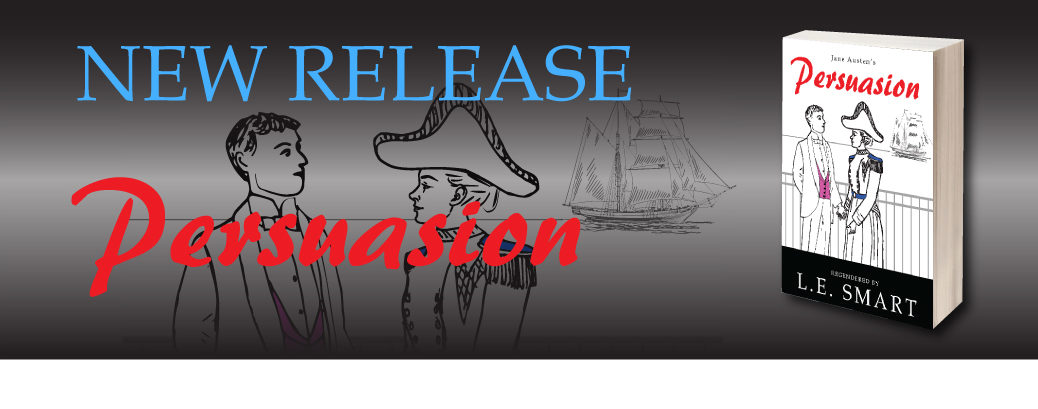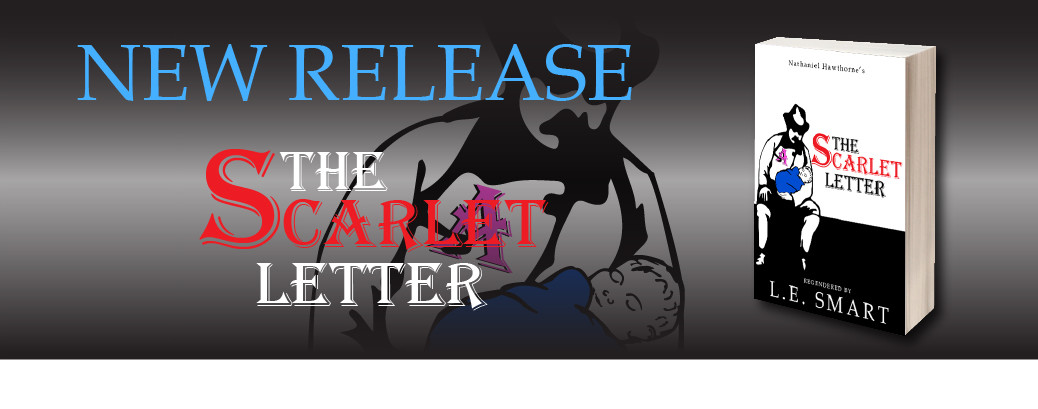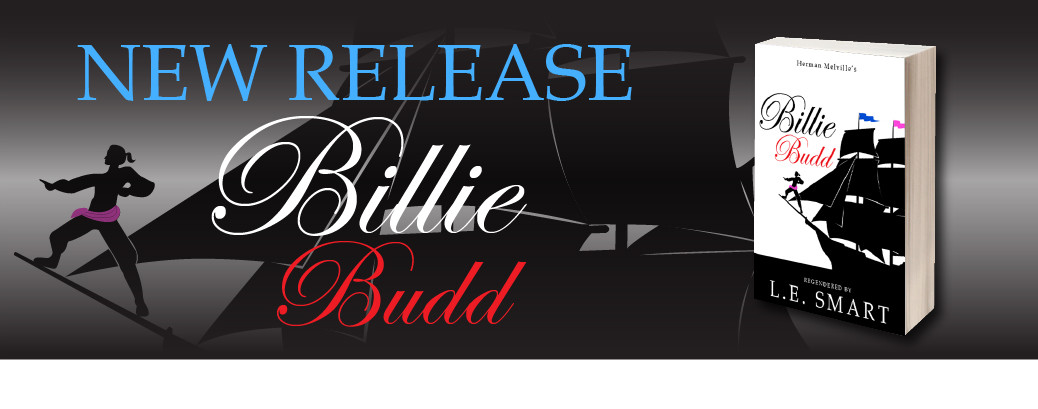The Scarlet Letter was one of the novels I’ve looked forward to regendering ever since I began The Regender Project. It’s also proven to be one of the hardest to regender, both technically and in the way its tone was changed by the process.
The technical side was mostly due to the language used in the novel. Almost all the novels I work with are set in the 19th century, which has its own quirks in the way language is used compared to modern times. Set in the 17th century, The Scarlet Letter is as far removed again, making the language feel even more archaic and difficult to work with. For instance, all too often, people and events were mentioned obliquely, not directly, making it hard to follow who was being talked about at times. This was particularly important when regendering since I needed to make sure the gender pronouns still matched the regendered characters, which took a bit of deciphering.
The section at the start of the novel, The Custom-house, was also tricky to handle. It serves as a sort of prelude to the story, though it’s set well after the events, and details the narrator’s discovery of Hester’s story, and his search for more information. While this section is also fictitious, it’s also reminiscent of Hawthorne’s actual life, sharing many similarities to his own time working in a custom house and the experiences he had there. I decided keeping the narrator unchanged helped to anchor the story with historical accuracy around its original author.
Clergy also feature a lot in the novel. While I haven’t come up with a rule for how to regender them, it’s become somewhat of a habit to leave them unchanged as well. In this case, it wasn’t an option since Dimmesdale’s affair with Prynne is crucial to the story. Therefore, if I was going to regender one clergyman, I’d need to regender them all, though for some reason is feels far more jarring to historical accuracy than any other profession.
This in turn led to probably the biggest flaw resulting from regendering this novel. The original novel hinges on the idea that the father of Hester’s child is unknown. After regendering, we’re left with a situation where it’s the mother of the child who is not known. While this isn’t outside the realms of possibility, it does stretch plausibility quite a bit. A woman’s pregnancy and the effects of giving birth are far harder to hide than just an affair. And that doesn’t even take into account a mother’s bond with her baby, and the decreased likelihood she’d give up any involvement in raising the child. By and large I chose to ignore this issue, glaring as it is. Partly this is because the pregnancy and birth occur before the start of the story, effectively making them ‘off-screen’. It still requires a suspension of disbelief but it’s limited to this particular point and not prolonged throughout the novel. But the main was reason was I felt it helped to illustrate one possible cause of the double standard that exists in how we treat boys and girls with regards to sex: namely, it’s far easier for men to hide their involvement in the act along with having the option of not having to deal with the unwanted consequences, such as pregnancy.
Of course, the biggest issue I encountered when regendering the novel was how much the tone and themes changed. The original story presented us with Hester Prynne, a woman who instead of succumbing to the effects of being ostracised, takes the opportunity to think for herself and break free from the indoctrination her society imposes. While she does still consider her act a sin, she no longer believes it should condemn her for all time. This is exactly the sort of strong female characters I felt were lacking when I started The Regender Project. So, by regendering her character into the male Heston Prynne, I couldn’t help but feel I was undermining many of the goals I was striving for with the project.
Still, I couldn’t shake the appeal of regendering the novel. In particular, I was attracted to the idea of portraying a man going through the same persecution, and suffering the same consequences, that so many women have had to. I hope that by shining another light on this double standard, I’ll help foster the main goal I have for the project, which is to promote gender equality.










